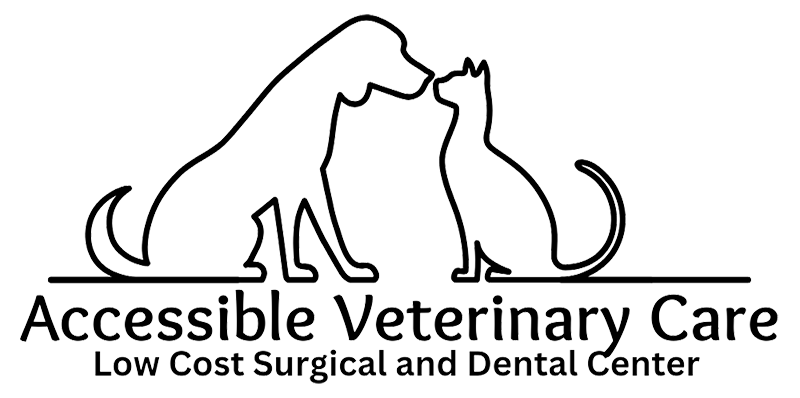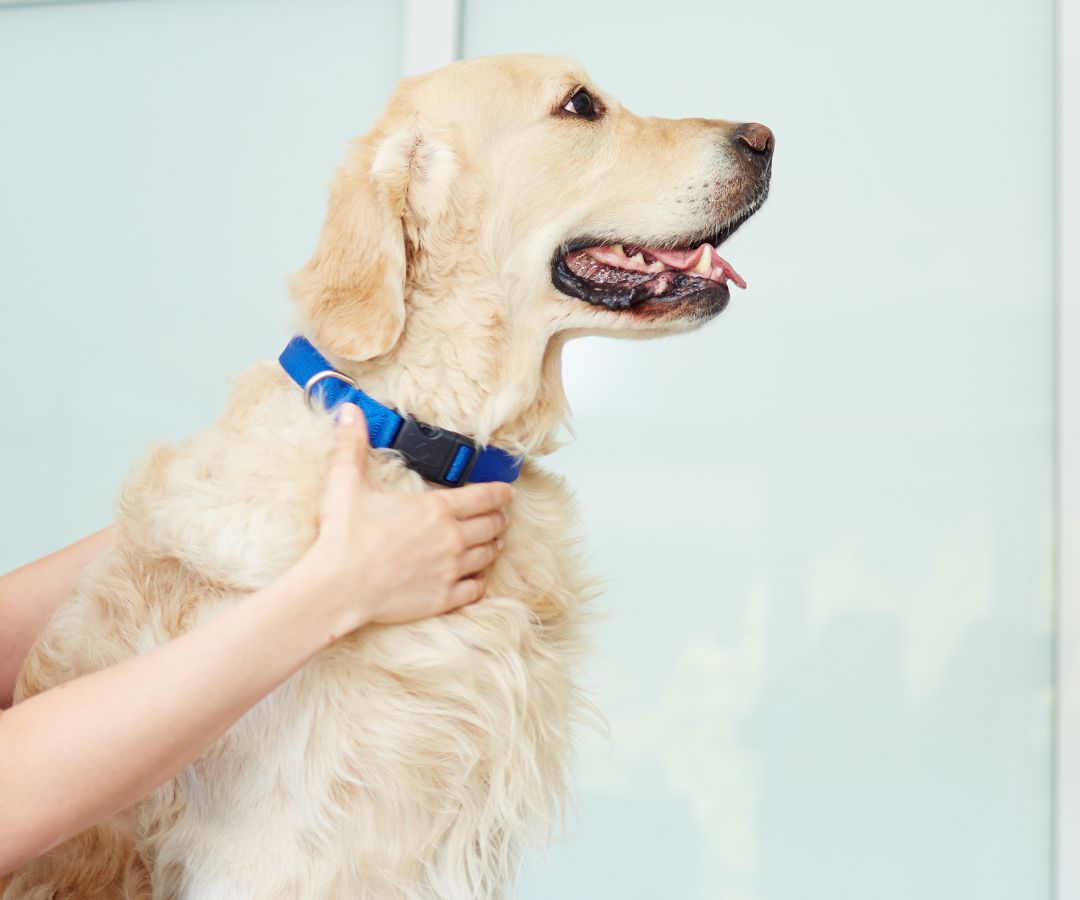Dog C-Section
At Accessible Veterinary Care, we provide dog c-section services in Milton, FL, to help dogs and their litters through challenging births.
When Is a Dog C-Section Necessary?
A dog c-section may be necessary when a pregnant dog experiences difficulties during labor, known as dystocia. This can occur for various reasons, including a small birth canal, large or improperly positioned puppies, or exhaustion from prolonged labor. If a dog is unable to give birth naturally, a C-section ensures the safe delivery of the puppies while protecting the health of the mother.
During a C-section, the puppies are surgically removed from the uterus without passing through the birth canal. This minimizes the risks associated with a difficult labor. Once all puppies are delivered, our team provides immediate care by stimulating and warming them until the mother is ready to nurse.
Benefits of a Dog C-Section at Accessible Veterinary Care
Safe Delivery
Ensures the well-being of both the mother and her puppies.
Comprehensive Care
Includes IV fluids and anesthesia management tailored to pregnancy.
Post-Surgical Monitoring
Our team closely monitors the mother’s recovery and provides guidance for at-home care.
Affordable Surgical Solutions
Offers a cost-effective option for pet owners in need of emergency reproductive care.
Spay and C-Section Combination
To help manage pet overpopulation and provide affordable surgical options, Accessible Veterinary Care offers C-sections only in combination with a spay procedure. This means that after the puppies are delivered, the uterus is removed to prevent future pregnancies. This approach reduces the risk of future complications related to pregnancy and labor while ensuring long-term health benefits for the mother. If you plan to continue breeding your pet, it is recommended that you consult with a full-service veterinarian to discuss c-section options and potential risks.
What to Expect During the Procedure
The procedure also includes an IV catheter and fluids to support the mother’s recovery. Given the added complexity of this surgery, anesthesia and pain management are carefully tailored to ensure the safety of both the mother and her puppies.

